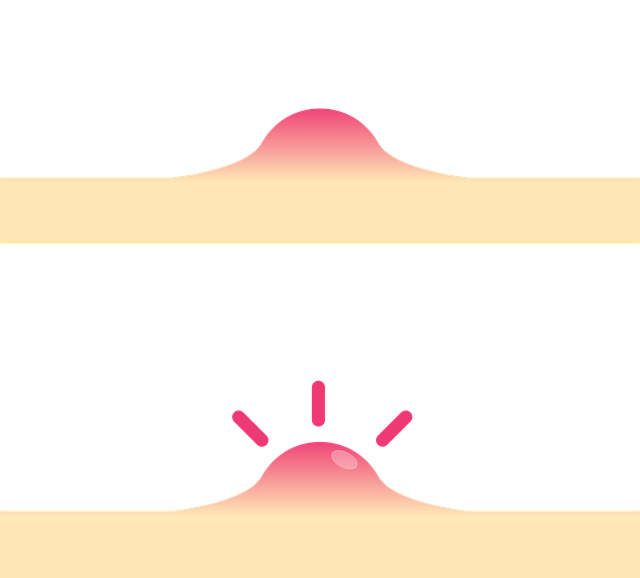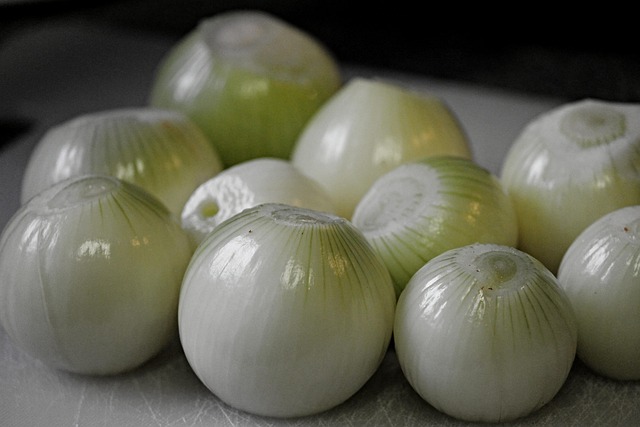Skin resurfacing peels are non-invasive treatments using chemical solutions like glycolic, salicylic, or trichloroacetic acid to exfoliate and renew skin. They effectively address fine lines, wrinkles, acne scars, hyperpigmentation, and uneven texture. Different peel strengths cater to various skin types and concerns. Professional guidance ensures safe, customized treatment with potential for smoother, brighter, and more youthful-looking skin post-recovery.
“Uncover the transformative power of full-face chemical peel treatments—a popular skin resurfacing procedure with profound benefits. This comprehensive guide delves into the intricate world of chemical peels, offering a detailed understanding of their science and impact on various skin types. From the moment you decide to embark on this journey, prepare for a revitalized complexion as we explore the expected outcomes, procedure insights, and post-peel care essentials. Discover how skin resurfacing peels can enhance your natural beauty, leaving you with a radiant, rejuvenated glow.”
Understanding Full-Face Chemical Peels: A Comprehensive Guide

Full-face chemical peels are a non-invasive skin resurfacing treatment that involves applying a chemical solution to the face to remove layers of damaged or dead skin. This process encourages the growth of smoother, younger-looking skin beneath. Skin resurfacing peels can range from mild to deep, depending on the active ingredient and its concentration. They are used to address various skin concerns such as fine lines, wrinkles, acne scars, hyperpigmentation, and uneven skin texture.
During a full-face peel, a licensed esthetician or dermatologist applies a chemical solution, such as glycolic acid, salicylic acid, or trichloroacetic acid (TCA), to the face. The solution breaks down the bonds between dead skin cells, allowing them to be easily removed. As the top layer of skin is exfoliated, it reveals brighter and smoother skin underneath. Multiple sessions may be required for optimal results, with each treatment building upon the last to achieve significant improvement in skin appearance and texture.
Skin Resurfacing: Benefits and Expected Outcomes

Skin resurfacing through chemical peels offers a multitude of benefits for individuals seeking to enhance their skin texture and appearance. This non-invasive procedure works by chemically exfoliating the outer layers of the skin, removing dead cells, and stimulating new cell growth. The primary goal is to promote a smoother, more even skin surface and improve overall skin health.
The expected outcomes vary based on the type of peel used, but generally, Skin Resurfacing Peels can reduce fine lines and wrinkles, minimize age spots and hyperpigmentation, address acne scars, and boost skin radiance. Many patients experience noticeable improvements in skin texture, with a more youthful and refined appearance. Additionally, chemical peels can help unclog pores, reducing the risk of future acne breakouts, and leaving the skin feeling rejuvenated and revitalized.
The Science Behind Chemical Peel Treatments

Chemical peel treatments, also known as skin resurfacing peels, are a popular and effective method to transform the appearance and texture of the skin. This procedure involves applying chemical solutions to the surface of the skin, which helps to dissolve away damaged layers, revealing smoother, healthier, and more youthful-looking skin beneath. The science behind it is quite fascinating; specific chemicals, such as glycolic acid or salicylic acid, are used to gently exfoliate the skin, removing dead skin cells and unclogging pores.
These peels work by disrupting the glue-like substance (called intercellular cement) that holds dead skin cells together. This action allows for the shedding of the top layer of skin, stimulating collagen production, and promoting the growth of new, healthy skin cells. Different strengths of peels cater to various skin concerns, from mild exfoliation to more intense resurfacing. The procedure is generally safe and well-tolerated, making it a sought-after option for those seeking to improve skin texture, reduce fine lines and wrinkles, and enhance overall skin tone and radiance.
Choosing the Right Peeling Solution for Your Skin Type

When considering full-face chemical peel treatments, selecting the appropriate peeling solution is pivotal based on your skin type. Oily and acne-prone skin benefits from alpha hydroxy acids (AHAs) like glycolic acid, known for their exfoliating properties that clear clogged pores and reduce excess oil production. On the other hand, dry and sensitive skin should opt for milder options, such as beta hydroxy acids (BHAs) or certain forms of AHAs, to avoid irritation without stripping away essential hydration.
Skin resurfacing peels work by removing the upper layers of damaged skin cells, encouraging new cell growth and improving texture. For instance, a 30% glycolic acid peel can be transformative for oily skin, while a 5% BHA peel might be gentler yet still effective for dry or sensitive complexions. Consulting with a dermatologist helps tailor the treatment to your specific needs, ensuring optimal results without adverse reactions.
Procedure Overview: What to Expect During and After

A full-face chemical peel is a non-invasive procedure that involves applying a topical solution to improve skin texture, reduce fine lines and wrinkles, and enhance overall skin appearance. During the treatment, a trained professional will carefully apply the chemical solution to your face, which may cause a slight stinging sensation. The strength of the peel depends on your skin concerns and can range from mild to deep, with each level offering distinct benefits.
After the procedure, you might experience redness and sensitivity in the treated area, but these typically subside within a few hours. It’s crucial to follow post-treatment instructions, including using prescribed skincare products and avoiding certain activities that may irritate your skin. Over the following days, as your skin undergoes its natural healing process, you’ll start to notice improvements. Skin resurfacing peels can reveal smoother, brighter, and more even-toned skin, offering a refreshed and rejuvenated appearance.
Post-Peel Care: Tips for Optimal Results and Recovery

After a full-face chemical peel treatment, proper post-peel care is essential for achieving optimal results and facilitating a smooth recovery. The skin’s sensitivity increases after the procedure, so it’s crucial to use gentle, soothing products suitable for post-peel skincare. Avoid harsh cleansers, exfoliants, or anything that may irritate the skin. Opt for mild, hydrating cleansers and follow up with a calming moisturizer to help reduce redness and discomfort.
Sun protection is another vital aspect of post-peel care. The treated skin is more susceptible to sun damage, so applying a broad-spectrum sunscreen with at least SPF 30 daily is essential. Wear protective clothing when outdoors, especially during peak sunlight hours. Additionally, avoid retinol or other potent ingredients for a few days after the peel until your skin adjusts and heals. Remember, patience is key; give your skin time to recover, and it will reveal smoother, brighter results.
